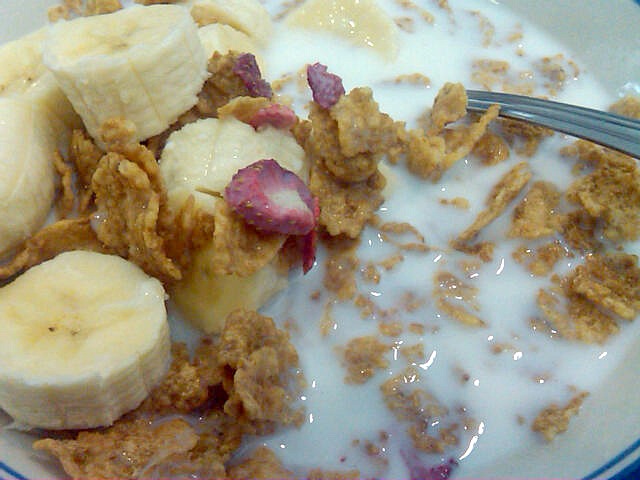The concept of fermented foods might bring to mind images of sauerkraut and yogurt, but did you know that these foods offer more than just unique flavors? Fermented foods are rich sources of probiotics, which are beneficial bacteria that support your gut health and overall well-being. In this blog post, we’ll dive into the world of fermented foods and explore how they introduce beneficial bacteria, known as probiotics, into your diet.
Understanding Fermentation and Probiotics:
Fermentation is a natural process that transforms raw ingredients into foods with enhanced flavor, texture, and nutritional benefits. During fermentation, microorganisms such as bacteria, yeast, or molds break down carbohydrates and produce compounds like lactic acid, which act as natural preservatives. This process not only extends the shelf life of foods but also introduces beneficial bacteria that positively impact your gut health.
Probiotics are live microorganisms that offer a range of health benefits when consumed in adequate amounts. These “good” bacteria contribute to a balanced gut microbiome, which is crucial for digestion, nutrient absorption, immune function, and even mental health.
Fermented Foods: A Probiotic Playground:
Yogurt: Perhaps one of the most well-known fermented foods, yogurt is made by fermenting milk with live bacteria cultures. Look for yogurts with labels that mention live and active cultures, such as Lactobacillus acidophilus and Bifidobacterium bifidum.
Kefir: Similar to yogurt, kefir is a fermented dairy product. It’s thinner in consistency and is made by fermenting milk with a combination of bacteria and yeast. Kefir contains a diverse range of probiotic strains.

Sauerkraut: This tangy, fermented cabbage is a staple in many cultures. It’s made by massaging cabbage with salt to release its natural juices, which then initiate the fermentation process. Sauerkraut is rich in Lactobacillus bacteria.
Kimchi: A Korean favorite, kimchi is a spicy fermented cabbage dish that often includes other vegetables and seasonings. Like sauerkraut, kimchi is teeming with beneficial bacteria.
Kombucha: This fizzy, tangy drink is made by fermenting sweetened tea with a colony of bacteria and yeast. Kombucha is known for its probiotic content as well as its potential for aiding digestion.
Miso: A staple in Japanese cuisine, miso is a paste made from fermented soybeans and sometimes other grains. It’s often used to make miso soup and adds a savory umami flavor to dishes.
Tempeh: Originating from Indonesia, tempeh is a protein-rich food made from fermented soybeans. It has a nutty flavor and a firm texture, making it a versatile ingredient.
Fermented Pickles: Traditional pickles are often made through fermentation rather than vinegar-based preservation. These pickles retain their crunch and introduce beneficial bacteria to your diet.
Incorporating Fermented Foods into Your Diet:
Start Slowly: If you’re new to fermented foods, start by introducing them in small quantities. Your gut may need time to adjust to the increase in probiotic-rich foods.
Read Labels: When purchasing store-bought fermented foods, read labels to ensure that they contain live and active cultures. Some commercial products may undergo a heat treatment that can destroy beneficial bacteria.
Variety is Key: Different fermented foods offer varying strains of probiotics. Aim to incorporate a variety of fermented foods to introduce a diverse range of beneficial bacteria to your gut.
DIY Fermentation: Experiment with making your own fermented foods at home. You can start with simple options like sauerkraut or yogurt. Online tutorials and recipes can guide you through the process.
Pair with Meals: Incorporate fermented foods into your meals as side dishes or condiments. For example, add a spoonful of sauerkraut to your sandwich or enjoy yogurt with fresh fruit as a snack.
Probiotic-Rich Breakfast: Start your day with a probiotic-rich breakfast by adding yogurt, kefir, or a scoop of miso paste to your morning routine.
Smoothies: Add kefir or yogurt to your smoothies for a creamy texture and a dose of probiotics.
Stay Consistent: For the best results, incorporate fermented foods regularly into your diet. Consistency is key to reaping the benefits of probiotics.
Combine with Prebiotics: Prebiotics are non-digestible fibers that serve as food for probiotics. Foods like bananas, garlic, onions, and whole grains are excellent sources of prebiotics that can complement your probiotic-rich diet.
Conclusion:
Fermented foods are not only delicious but also offer a natural and enjoyable way to introduce beneficial bacteria, or the best probiotics, into your diet. By nurturing your gut microbiome through the consumption of these foods, you’re supporting your digestion, immunity, and overall well-being. As you explore the world of fermented foods, remember that moderation and variety are key. Incorporate these foods into your meals, experiment with different options, and observe how your body responds. Whether you’re enjoying a bowl of yogurt in the morning or savoring the tanginess of sauerkraut in your sandwich, you’re giving your gut a dose of beneficial bacteria that can contribute to your vibrant health.




